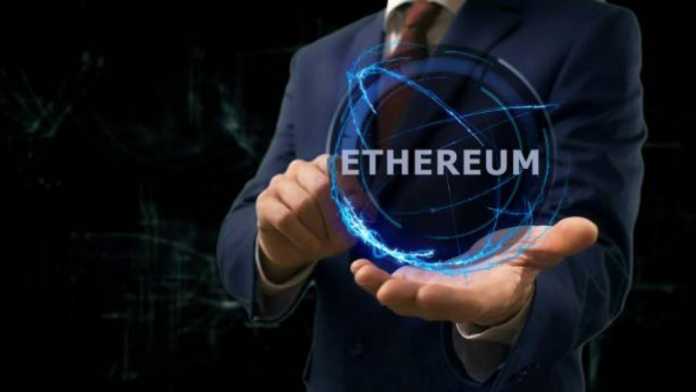The cryptocurrency world has seen a significant boom in the past few years. Major cryptocurrencies have seen highs and lows that have pushed them to evolve and develop beyond what their initial purpose was. A few examples of these are Shiba Inu, Dogecoin, Ethereum, Ripple, etc. The cryptocurrencies that initially did not offer any utility have now expanded their use cases and the ones that offered utility have chosen to go one step ahead which has caused their values to rise. For example, dogecoin, a crypto that did not offer utility suddenly jumped up after Elon Musk’s twitter buyout deal. The dogecoin price went up 20% and is now at $0.062. Convert DOGE to INR for the coin’s value in Rupees.
Everything You Need To Know About Ethereum And Its Future
One of the biggest cryptocurrencies in circulation is Ethereum. The Current Ethereum Price is $1,219 and a market cap of $21 Billion USD. convert eth to inr for a better understanding of the token’s value. Ethereum has geared up for some massive changes and decided to move away from its proof of work process to a proof of stake process which is faster and more efficient. However, migrating the world’s second-largest blockchain from one system to another is a very difficult, multi-step procedure. It is critical that each choice be properly evaluated. To go through the causes and steps that led up to the protocol’s new chapter.
What Exactly Is Proof-Of-Stake And Why Is It Required?
Unlike proof-of-work, which compels miners to compete for rewards based on the amount of processing power they can get, the proof-of-stake system picks validators at random based on the total amount and time their ether (ETH) currency has been staked. Unlike proof-of-work, PoS validators do not need to mine blocks in order to keep the network running. Instead, they must generate new blocks when they are picked and verify others when they are not. After a member validates the most recent block of transactions, other participants may attest (confirm) that the block is genuine. When there are enough attestations, the network adds a new block. The network then distributes rewards in ether, the blockchain’s native currency, in accordance to each validator’s stake. However, there are penalties (slashing) that may force validators to lose a part of their staked ETH if they go offline (fail to validate) or testify to malicious (bad) transactions.
Despite the high level of technical knowledge and experience necessary to become a validator, anybody who meets the minimal criterion of 32 ETH may join. People who are unable to fulfill the barrier may still participate by staking ether in a pool (controlled by third parties) and receiving a share of the profits.
While proof-of-work is dependable and secure, proof-of-stake has the following advantages:
- There is no need for complex and pricey gear like mining rigs.
- According to the Ethereum Foundation, it has far more efficient energy utilization.
- A lesser chance of network centralization, which can prove a security hurdle.
The Ethereum Merge’s History
Ethereum co-founder Vitalik Buterin has long been a supporter of the proof-of-stake consensus method, as indicated by his early and subsequent articles. When compared to Ethereum’s existing resource-intensive PoW governance scheme, PoS is expected to cut network energy usage by at least 99.95 percent. It will also prepare the way for the implementation of shard chains in 2023, which are projected to eliminate data congestion, expensive gas (transaction) costs, and facilitate the next generation of layer 2 scaling systems. According to the Ethereum Foundation, shard chains enable additional, lower-cost storage levels for applications and rollups to store data.
In contrast to ERC standards or conventional businesses that impose laws from the top down, any substantial modifications to the basic protocol need consent from the worldwide community of nodes. Because of the process that all Ethereum updates and decisions go through, what some critics are calling undue delays have actually been a laborious and carefully implemented consolidation of the network through steady, incremental upgrades and forks across several core elements: the Beacon Chain, the Merge Chain, and the shard chains. Each of these is dependent on the others in order to accomplish Ethereum’s entire objective of increased scalability, security, and sustainability.
Buterin has said that the Merge will take place in August or later of this year. This is the date on which the Beacon Chain (the component that manages PoS) will officially switch from proof-of-work to proof-of-stake.
Ethereum’s Future After The Merge
The Merge’s primary purpose is to accelerate the transition from proof-of-work to proof-of-stake. To expedite the transfer, engineers are trying to reduce features that may cause delays and temporarily disable the ability to withdraw staked ETH after the Merge is completed. These will, however, most likely be resolved in a post-Merge “cleanup” update.
It is yet to be seen how this will actually pan out but experts are hopeful about this change.








